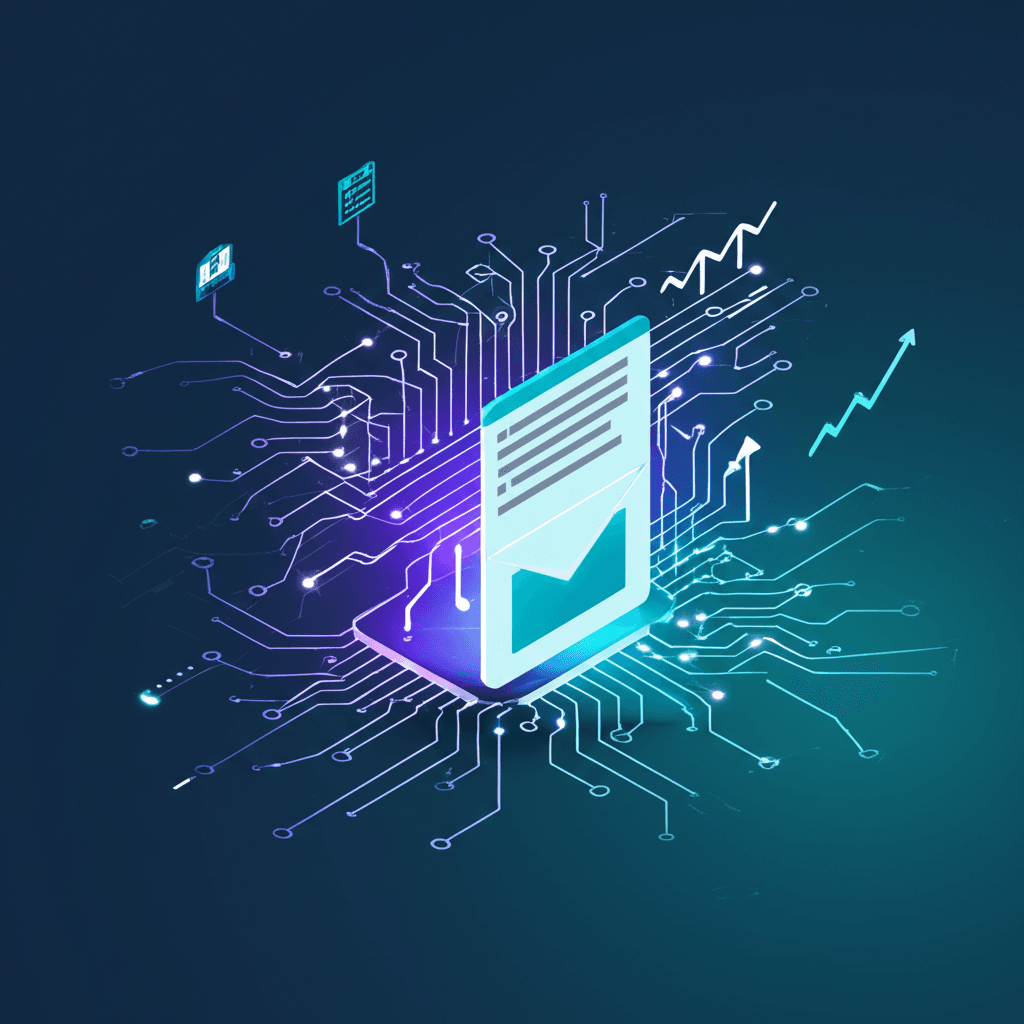Grammarly Transforms into AI Productivity Powerhouse with Superhuman Email Acquisition
Grammarly's Superhuman acquisition transforms it into an AI productivity powerhouse, reimagining email as the central hub for intelligent agents.
July 2, 2025

In a landmark move for the artificial intelligence and productivity software sectors, AI-powered writing assistant Grammarly has announced its intention to acquire the popular email startup Superhuman.[1][2] This strategic acquisition signals Grammarly's accelerated evolution from a widely used grammar and style checker into a comprehensive AI productivity platform, positioning email as a central component of its future vision.[1][3] The deal brings together two companies at the forefront of using AI to enhance professional communication, promising a future where intelligent agents collaborate across a user's digital tools to streamline workflows and boost efficiency.[1][2]
The acquisition is a key step in Grammarly's broader strategy to build an "agentic future" where applications act as intelligent partners to users.[1] This vision began to take concrete shape with the launch of its generative AI tool, GrammarlyGO, and was significantly advanced by the recent acquisition of Coda, a collaborative workspace platform.[4] The addition of Superhuman, known for its speed-centric and AI-native email client that claims to save users four hours a week, completes a critical piece of the productivity puzzle.[2][5] The entire Superhuman team, including its CEO Rahul Vohra, will join Grammarly to spearhead the development of these new AI email capabilities.[6][7] While the financial terms of the deal were not disclosed, Superhuman's last known valuation was $825 million after raising over $114 million from prominent investors.[8][9]
At the heart of this acquisition is the shared understanding that email remains the bedrock of professional communication.[5][3] "Email is the main communication tool for billions of people worldwide and the number-one use case for Grammarly customers," said Superhuman CEO Rahul Vohra.[2] Grammarly's own data shows its service already assists with improving over 50 million emails each week.[3] By integrating Superhuman's specialized email interface and AI features—such as smart categorization, AI-powered summarization, and quick replies—Grammarly aims to create a deeply integrated ecosystem.[10][11] The goal is to move beyond simply correcting text to actively managing communication workflows, scheduling meetings, and orchestrating tasks directly from the email interface, which Grammarly's CEO Shishir Mehrotra calls the "perfect staging ground" for multiple AI agents to work together.[3][7]
This move reflects a significant trend of consolidation within the booming AI productivity market.[12] As businesses seek to reduce the complexity of using multiple disparate tools, there is a growing demand for integrated platforms that combine communication, workflow automation, and knowledge management.[13] Major technology players like Microsoft and Google are already embedding powerful AI assistants, Copilot and Gemini respectively, into their workplace suites, intensifying competition.[14][15] Grammarly's acquisitions of both Coda and Superhuman represent a clear strategy to build a powerful, specialized alternative.[4][8] This trend of larger platforms absorbing innovative point solutions is expected to continue as AI becomes more central to all business software.[8][16][17]
The implications for the future of work and professional communication are profound. The combination of Grammarly's advanced language models with Superhuman's efficient interface aims to transform email from a passive repository of messages into a dynamic, proactive workspace.[1] For millions of professionals, this could mean an AI assistant capable of not just drafting emails in their personal voice but also summarizing long threads, managing calendars, and automating follow-ups.[18][10] This shift aligns with a broader industry movement toward AI-powered automation designed to free up human workers from repetitive administrative tasks, allowing them to focus on more strategic and creative endeavors.[19][20] As these AI tools become more capable and integrated, they will fundamentally reshape how individuals and teams collaborate and manage their daily digital interactions.[21][22]
Sources
[3]
[5]
[7]
[9]
[11]
[13]
[14]
[15]
[16]
[17]
[18]
[19]
[20]
[21]